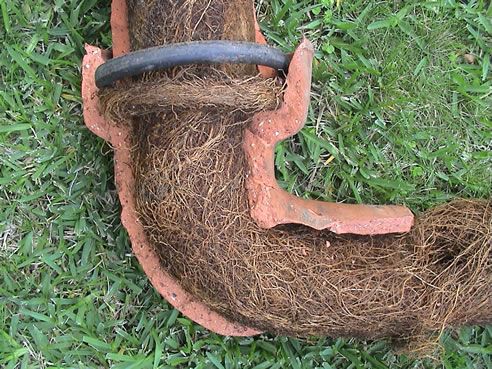 Fall is the best time of year in Northeast Ohio to plant most types of trees. As a rule of thumb, trees should be planted when they have enough time to establish roots before they’re exposed to stressors like high heat, low temperatures, or not enough water. Plus, it is important to give the tree time to acclimatize itself to the soil before spring when it needs strength to blossom.
Fall is the best time of year in Northeast Ohio to plant most types of trees. As a rule of thumb, trees should be planted when they have enough time to establish roots before they’re exposed to stressors like high heat, low temperatures, or not enough water. Plus, it is important to give the tree time to acclimatize itself to the soil before spring when it needs strength to blossom.
So, if you’re like many Northeast Ohioans looking to add some new trees to your landscaping this fall, we wanted to make sure you considered an often overlooked aspect of tree planting; plumbing. While trees are beautiful and serve many purposes (shade, visual barriers, food supply, etc.), they can wreak havoc on a home’s plumbing system. Some being peskier than others, such as the notorious weeping willow.
The reason for this is simple, tree roots grow towards moisture. Plumbing systems produce condensation from the mixing of hot water and cool soil, attracting tree roots. Once a tree root bridges the outer barrier of a pipe it can easily set up shop and expand within the plumbing system. This can affect your sanitary waste line, causing nasty backups.
There are two key factors in avoiding a plumbing/tree root nightmare. Location and tree type selection. As far as location, we recommend having a plumber come out to your property to locate the underground pipelines. This will give you a good idea of spots to avoid. As a reminder, when digging it is required to have the Ohio Utility Protection Services (OUPS) come out and mark off any and all underground piping to avoid hitting gas or electric lines. Most landscapers will require this step before digging any holes. The same should be done for your plumbing. Feel free to give us a call if you have any questions about the location of your underground plumbing.
In addition to selecting the right location within your yard, careful selection of tree types is very important in preventing pipe damage. Faster growing trees are far more aggressive when it comes to root growth. If you have a smaller yard with less ability to avoid nearby pipes, then slow-growing trees like Redwoods, a variety of Maples, and Dogwoods can be great options. It is best to talk with a landscaper or a knowledgeable tree nursery employee to determine the right variety for your yard.
The bottom line? Prevention, in this case, is best. Without some forethought, your planting choices can be the “root” of some very expensive problems in the years to come.

